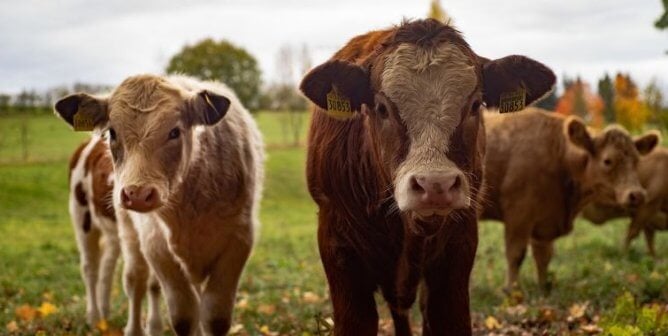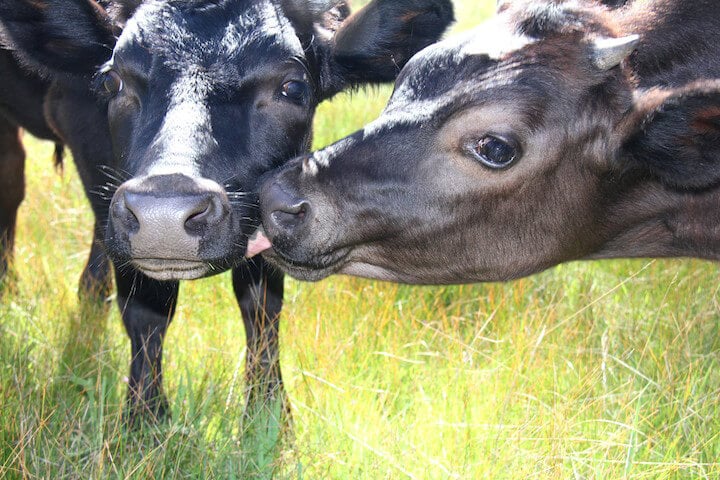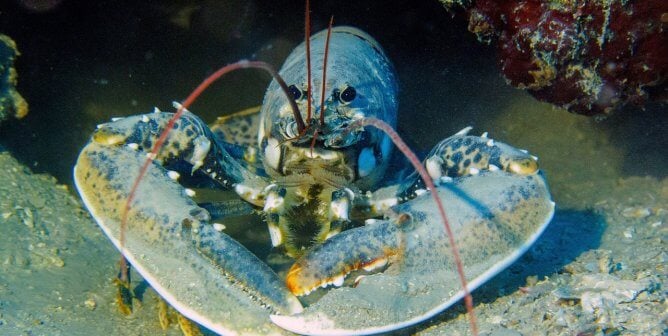Is Regenerative Agriculture Humane and Sustainable? PETA Explains
As the climate catastrophe makes headlines every day, concepts like “regenerative agriculture” and other “sustainable” farming methods are being examined—but does regenerative agriculture do anything for the animals tormented by the farming industry?
What Is Regenerative Agriculture?
“Regenerative agriculture” is an umbrella term for farming and grazing practices that aim to create sustainable supply chains in food- and clothing-production systems by releasing as little greenhouse gas as possible. Typical farming techniques—such as plowing and overgrazing— force too many animals to feed off too little land, leave the soil barren, and release a high amount of carbon into the air.
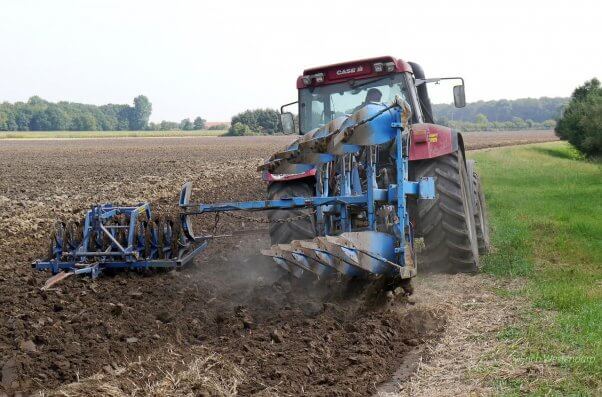
Regenerative agricultural tactics, such as “low-till” farming and “holistic grazing,” focus on rebuilding organic matter by disrupting natural vegetation and soil as little as possible—but when it comes to farmed animals, do these methods really make a difference?
Is Regenerative Agriculture Better for Animals and the Planet?
There’s not enough evidence to suggest that regenerative agriculture can make animal-derived products “sustainable,” and the practice does nothing to prevent the immeasurable cruelty inherent in exploiting animals for their bodies. Because the term “regenerative” is vague, some brands are now using claims of regenerative farming as a way to greenwash and “humane wash” animal-based products. Companies are using misleading marketing terms with implicit beneficial claims—such as “carbon-neutral burgers,” “regenerative wool,” or “regenerative leather”—giving consumers the false impression that their purchases are ethical and eco-friendly.
Studies show that the amount of greenhouse gas emitted by even the most “carbon-friendly” beef production is still over double that of the least carbon-friendly tofu, bean, pea, or nut production. The same is true for animal skins. Wool, silk, and cow leather have global-warming impacts more than three times greater than those of vegan textiles like polyester fabric or polyurethane synthetic leather. The Food Climate Research Network and the University of Oxford have found that a significant expansion of animal agriculture—even if animals are “sustainably raised”—would cause “catastrophic” land-use change and other intense environmental damage. There simply isn’t enough land to make regenerative methods scalable in a way that would make animal agriculture sustainable.
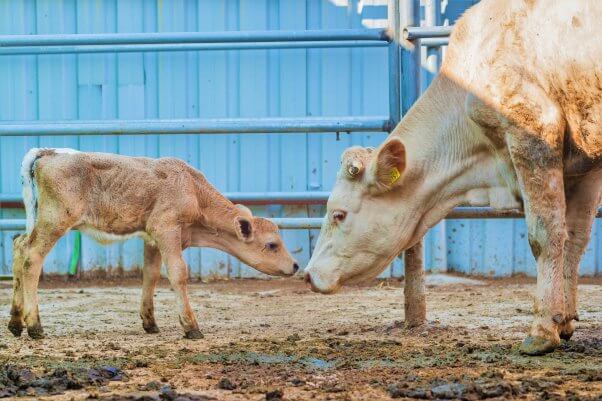
Regenerative farming also doesn’t address animal welfare issues and does nothing to prevent the rampant cruelty in the animal agriculture industry. For example, cows used for milk—regardless of the “humane” or “ethical” labels on dairy packages—are forcibly separated from their babies, often within a day of their birth, and the strong emotional bond between mother and calf is traumatically severed. Mother cows will often cry out for their babies for days after they’ve been torn away.
Going Vegan Is the Only Sustainable Choice
Instead of purchasing animal-derived merchandise produced by agricultural methods that may be only slightly less environmentally harmful than traditional farming, brands and consumers should make the immediate and truly sustainable decision to buy only vegan products. Every person who goes vegan reduces the carbon footprint of their eating by 70% and spares about 200 animals every year.

